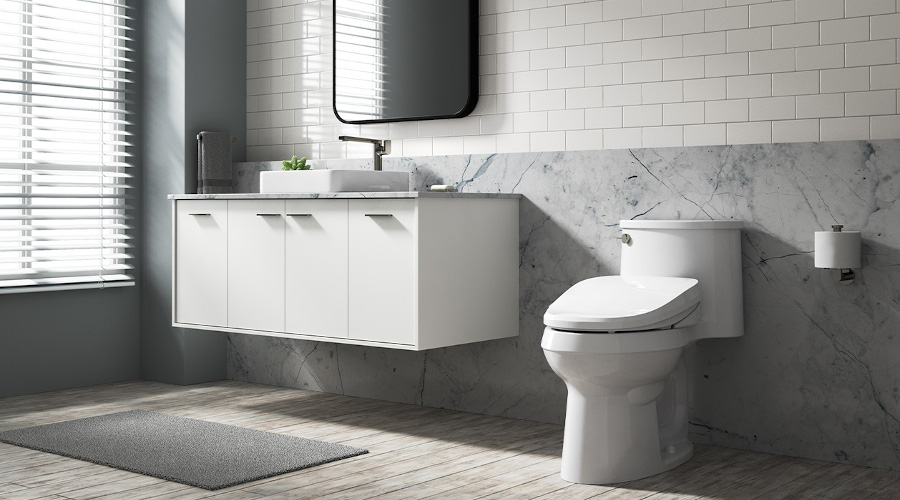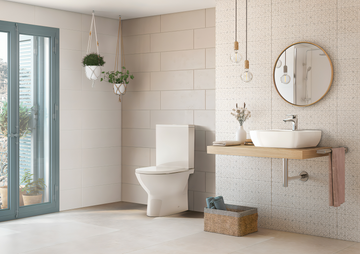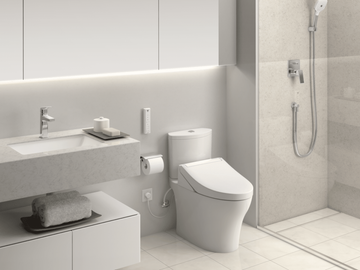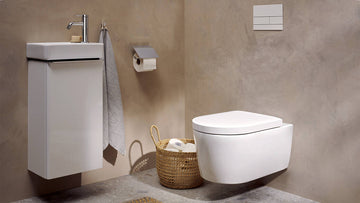In recent years, the sanitary industry has seen significant innovations, one of which is the advent of hybrid squat and sit toilets. This innovative design is not merely a novelty but a thoughtful response to the diverse needs and preferences of global users. These toilets combine the traditional squat toilet experience with the comfort of modern sit toilets, offering a versatile solution that resonates with a variety of users, especially in multi-cultural environments where bathroom preferences can greatly vary.
For professionals in the Industry QA sector, understanding the nuances of hybrid squat and sit toilets is crucial. These toilets are strategically designed to meet high standards of quality and usability, making them ideal for both residential and commercial applications. Whether installing these systems in a new building or retrofitting an older one, their adaptability and efficiency make them a preferred choice.

The Evolution of Toilet Design
Historically, toilet designs have evolved significantly, from the rudimentary pit latrines to sophisticated water closets. The shift towards hybrid designs is a reflection of ongoing innovation and the desire to accommodate diverse user needs. The squat toilet, long used in Asian and African countries, is known for its health benefits, including promoting a natural position for bowel movements. On the other hand, the sit toilet, prevalent in Western countries, offers comfort and ease of use, particularly for those with mobility issues.
Combining these two designs, hybrid toilets cater to a broader audience. By offering the option to squat or sit, they ensure that users can choose their preferred method, enhancing comfort and satisfaction. This flexibility is particularly beneficial in public and commercial spaces which host a wide range of users.
Features and Benefits
Hybrid toilets are not just about user comfort; they are packed with features that enhance functionality and hygiene. Many models come equipped with advanced flushing systems that use minimal water, aligning with global sustainability goals. For instance, innovations in water-efficient toilets are highlighted in recent industry discussions.
Moreover, these toilets often include self-cleaning features, odor control mechanisms, and even smart technology integrations for a more seamless experience. In the context of Industry QA, these features are crucial as they ensure that products meet the highest standards of quality and efficiency.
Challenges in Adoption
Despite their advantages, the adoption of hybrid squat and sit toilets is not without challenges. Cultural preferences play a significant role in toilet design acceptance. In some regions, users may be resistant to change, preferring traditional toilets over hybrid models. Additionally, the cost of installing these sophisticated systems can be a barrier for some institutions or individuals.
However, the long-term benefits of hybrid toilets, such as improved hygiene and user satisfaction, often outweigh these initial hurdles. As awareness grows and technology becomes more affordable, it is expected that hybrid toilets will become more commonplace in both urban and rural settings.
The Role of Industry QA
For Industry QA professionals, the introduction of hybrid toilets presents an opportunity to set new benchmarks in product quality and customer satisfaction. By ensuring that these toilets meet stringent safety and performance standards, QA experts play a vital role in promoting their widespread adoption. Regular testing and feedback loops are essential to refine these products and address any emerging user needs.
Moreover, QA teams can collaborate with manufacturers to explore new technologies that enhance the functionality and sustainability of hybrid toilets. For example, integrating toilet technology innovations from countries like Japan can offer valuable insights into future developments.
Future Prospects
The future of hybrid squat and sit toilets looks promising as the industry continues to innovate and adapt to changing user demands. With increasing emphasis on sustainability, there is potential for these toilets to incorporate even more eco-friendly technologies, such as gray water systems and energy-efficient components. The future of bathroom technology is indeed an exciting arena for exploration.
As more people recognize the health benefits and convenience offered by hybrid designs, their popularity is likely to grow. For Industry QA, this means a continuous need for rigorous testing, certification, and innovation to ensure that products not only meet but exceed user expectations.
Conclusion
In conclusion, hybrid squat and sit toilets represent a significant advancement in bathroom technology, catering to a wide range of user preferences and needs. For Industry QA professionals, embracing this innovation is an opportunity to lead in quality assurance and customer satisfaction. As these toilets become more integrated into mainstream use, the role of QA in ensuring their success will be more critical than ever.
By staying informed and proactive, QA teams can help drive the adoption of hybrid toilets, ensuring they remain a preferred choice in both residential and commercial settings.

FAQ Section
What are the primary benefits of hybrid squat and sit toilets?
Hybrid toilets offer the flexibility of choosing between squatting and sitting, catering to diverse preferences. They also feature advanced hygienic and eco-friendly technologies.
Are hybrid toilets more expensive than traditional models?
Initially, hybrid toilets may be more costly due to their advanced features. However, their long-term benefits, such as water efficiency and user satisfaction, often justify the investment.
How do hybrid toilets contribute to sustainability?
Many hybrid toilets incorporate water-saving technologies and are designed for efficient performance, aligning with global sustainability goals. They represent a step forward in creating more environmentally friendly bathroom solutions.
This article contains affiliate links. We may earn a commission at no extra cost to you.






